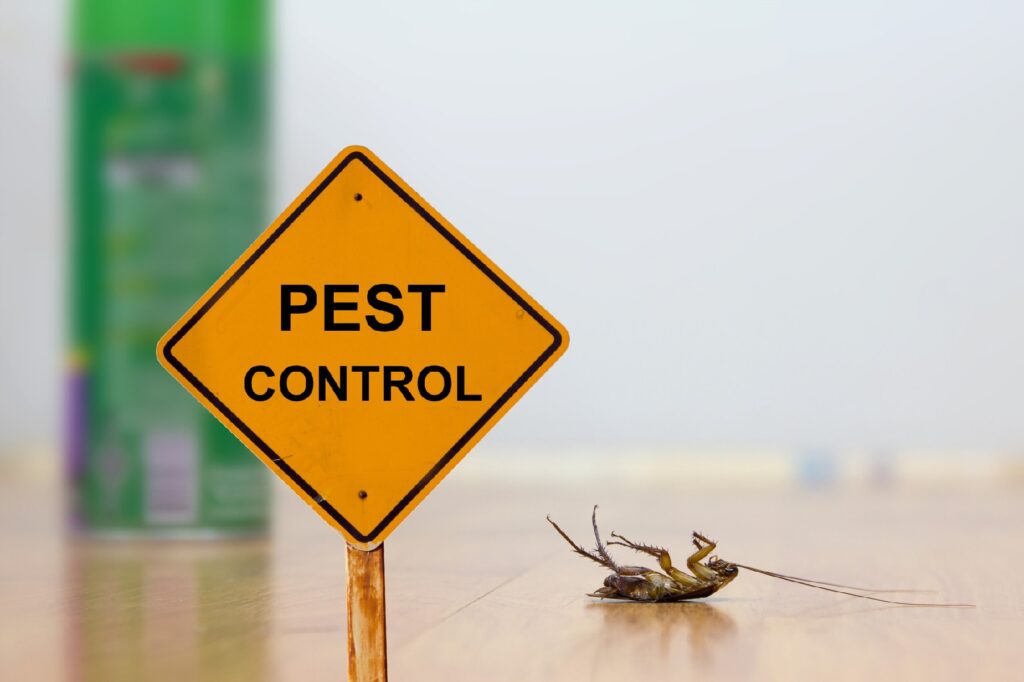Bed Bug Treatment Break Down: Comparing Chemical Vs. Non-Chemical Solutions
In the realm of bug control, particularly when handling the persistent problem of bed bugs, the selection in between chemical and non-chemical therapy remedies can be a crucial one. Both techniques offer distinctive benefits and disadvantages, affecting factors such as performance, security factors to consider, and total cost. By checking out the nuanced details of each technique, a more clear understanding of which course to pursue in resolving a bed bug problem can be acquired.
Performance of Chemical Therapies
Chemical treatments for bed insect problems have actually been extensively identified for their quick and potent effectiveness in removing these pests. When taking into consideration the effectiveness of chemical treatments, it is vital to comprehend that they can offer a complete and fast option to a bed insect trouble.
Furthermore, chemical treatments have the benefit of offering residual impacts, suggesting that they can continue to get rid of bed insects even after the first application. This recurring action is particularly useful in combating any potential re-infestations. Furthermore, the quick action of chemical treatments can bring alleviation to people facing extreme bed insect problems, enabling them to regain control of their home quickly.
Safety Worry About Chemical Solutions
When using chemical services for bed bug therapy is making certain the safety of residents and the setting,One critical aspect that needs cautious factor to consider. While chemical treatments can be reliable in getting rid of bed bugs, they might pose threats if not handled effectively. One of the main safety and security worry about chemical solutions is the possible injury they can create to human health and wellness. Exposure to particular chemicals made use of in bed insect therapies can result in breathing problems, skin irritation, or various other adverse reactions, specifically in people with pre-existing conditions or sensitivities. In addition, inappropriate application or dosage of chemical pesticides can lead to hazardous deposits lingering in the treated area, positioning long-term health dangers to passengers.
Furthermore, the environmental effect of chemical services is an additional considerable consideration. Some chemicals used in bed insect treatments may be unsafe to valuable bugs, wild animals, and ecosystems if they leach right into the soil or water supply. It is important to make use of chemical treatments sensibly, complying with safety and security standards, and considering much less toxic choices to reduce these dangers and make certain the efficient and risk-free monitoring of bed bug invasions.
Advantages of Non-Chemical Methods
Thinking about the prospective security worries and ecological influence associated with chemical options for bed pest treatment, checking out non-chemical approaches provides a promising alternative with a number of distinctive benefits. Non-chemical treatments their website are ecologically friendly, as they do not contribute to air or water air pollution, making them a lasting selection for insect control.
Additionally, non-chemical solutions can be reliable in targeting bed pests, including hard-to-reach locations where chemical treatments may not penetrate - A1 exterminator charlotte nc. Approaches such as warmth therapy, vacuuming, vapor cleansing, and cushion coverings provide detailed obliteration without the usage of damaging chemicals.
Limitations of Non-Chemical Treatments

In addition, non-chemical therapies typically need numerous applications to achieve successful elimination. This can be lengthy and might not constantly ensure full removal of all bed insects and their eggs, especially in hard-to-reach or surprise locations.
Additionally, the success of non-chemical therapies greatly depends on proper implementation and thoroughness, which can be challenging for individuals you could look here without specialist knowledge. Insufficient application of non-chemical methods might result in insufficient eradication, resulting in persistent problems and the need for added therapies.
For that reason, while non-chemical treatments have their advantages, it is important to recognize these limitations and consider them when identifying one of the most effective technique for managing bed pest infestations.
Price Comparison: Chemical Vs. Non-Chemical Options
Provided the constraints connected with non-chemical therapies, a crucial aspect to examine in the context of bed bug administration is the price comparison in between chemical and non-chemical options. Chemical therapies generally involve the application of insecticides by experts, which can vary from $250 to $900 per space, depending upon the extent of the infestation and the dimension of the location to be treated. On the other hand, non-chemical therapies like warm therapy or vapor can be extra expensive, with costs varying from $1,000 to $6,000 for an entire home. While the preliminary cost of chemical therapies may appear lower, multiple treatments may be called for to fully eliminate the problem, possibly increasing the general price. On the various other hand, non-chemical alternatives might supply a much more green and lasting remedy, although they can be cost-prohibitive for some people. Ultimately, when considering the price of bed bug therapy alternatives, it is essential to weigh the in advance costs against the effectiveness and long-lasting sustainability of the chosen approach.
Final Thought

Thinking about the prospective safety issues and environmental effect associated with chemical solutions for bed pest therapy, exploring non-chemical techniques offers a promising option with several unique advantages.Offered the constraints connected with non-chemical treatments, a necessary facet to evaluate in the context of bed pest management is the price contrast in between chemical and non-chemical options. In comparison, non-chemical therapies like heat treatment or vapor can be more expensive, with costs ranging from $1,000 to $6,000 for an entire home. While the initial expense of chemical treatments may seem lower, several therapies might be required to fully eliminate the infestation, potentially increasing the general cost.In final thought, when contrasting chemical and non-chemical bed insect treatment choices, it is vital to consider performance, security, advantages, restrictions, and expense.